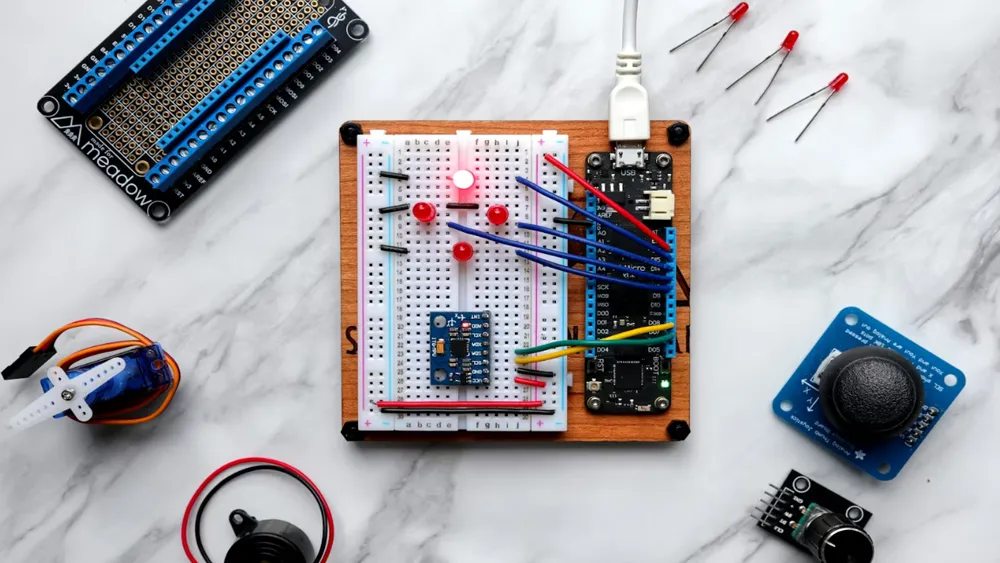
What is a REACH Compliance Certificate?
In industries such as cross-border e-commerce, foreign trade, and manufacturing, entering the EU market often brings up the topic of reach certification. But what exactly is reach compliance? Why is it so important? And how do you apply for it? This guide will provide a clear and systematic explanation.
Introduction to REACH Certification
REACH stands for Registration, Evaluation, Authorisation, and Restriction of Chemicals. It is a chemical regULation officially implemented by the European Union on June 1, 2007.
It applies to all chemical substances manufactuRED or imported into the EU market, including:
1. Chemical raw materials
2. Cosmetics
3. Textiles and garments
4. Electronic and electrical products
5. Toys
6. Furniture and other goods
If your product contains chemical substances or involves chemicals in any way, you may need to comply with reach regulations.
Is There a REACH Certification Logo?
REACH compliance is a legal requirement under EU Regulation (EC No. 1907/2006), and it does not involve an official certification logo.
Key points:
1. REACH is a regulation, not a certification mark like CE or FCC.
2. The European Chemicals Agency (ECHA) manages REACH but has not issued any official REACH logo.
3. Companies usually provide a reach test report or Declaration of Conformity (DoC), not a product label.
If you see REACH logos online, they are most likely created by third-party labs or organizations for promotional use and have no legal validity.
Why is REACH Certification Important?
REACH is not just a license to enter the EU market—it represents high standards in product safety, environmental responsibility, and consumer health.
Consequences of non-compliance:
1. Products may be denied entry into the EU
2. Companies may face heavy fines
3. Products may be recalled
4. Clients may cancel orders or end business relationships
Benefits of compliance:
1. Improves product competitiveness in the EU
2. Builds trust with customers
3. Enhances a company’s professional and eco-friendly image
Key Components of REACH
REACH consists of four main elements:
1. Registration: Companies must submit data about the chemical substances in their products to ECHA.
2. Evaluation: ECHA assesses the submitted information for technical and safety accuracy.
3. Authorisation: Certain Substances of Very High Concern (SVHCs) require approval before use.
4. Restriction: Limits the use of specific substances in certain products or applications.
Which Products Require reach testing?
Products in the following categories are often subject to REACH testing:
1. Electronics: cables, connectors, plastic components
2. Textiles and clothing: dyes, auxiliaries
3. Bags and footwear: PU, PVC materials
4. Toys: coatings, filling materials
5. Lighting and hardware: paint, electroplating layers
It is especially important to check whether products contain SVHCs (Substances of Very High Concern), as the SVHC list is updated every six months and currently includes over 240 items.
REACH Testing Process
The general REACH testing process includes:
1. Determine the substances to be tested based on product materials, structure, and usage.
2. Submit product samples to a qualified third-party laboratory.
3. Laboratory testing is conducted to detect any restricted or high-risk substances.
4. If the product passes, a test report or Declaration of Conformity is issued.
5. Submit or retain the report for clients, platforms, or regulatory authorities as required.
REACH vs. RoHS: What’s the Difference?
Although often confused, REACH and RoHS are two distinct regulations:
1. Region: Both apply to the EU.
2. Scope: REACH applies to all chemicals; RoHS targets hazardous substances in electrical and electronic equipment.
3. Focus: REACH addresses SVHCs and restricted chemicals; RoHS focuses on ten banned substances such as lead and mercury.
4. Coverage: REACH applies broadly across industries; RoHS is mainly for electronics.
In summary:
RoHS is the environmental baseline for electronics, while REACH is the high environmental standard for all industries.
How Sellers and Platforms Can Respond to REACH
For sellers involved in cross-border e-commerce:
1. Confirm that product materials comply with REACH requirements.
2. Sign a REACH compliance declaration with suppliers.
3. Work with a qualified third-party lab to obtain test reports.
4. Upload REACH documentation to platforms like Amazon, eBay, or AliExpress as required.
Practical Tips for REACH Compliance
1. Don’t wait for customers to ask—being proactive gives you negotiation power.
2. Test reports are not universally reusable; different batches, materials, or suppliers may require retesting.
3. Recheck product compliance every six months as the SVHC list is regularly updated.
Email:hello@jjrlab.com
Write your message here and send it to us
 What is Amazon TIC and How Can Sellers Achieve Com
What is Amazon TIC and How Can Sellers Achieve Com
 2026 Battery UN38.3 Certification (Test Report) &a
2026 Battery UN38.3 Certification (Test Report) &a
 What is the IEC 62680 Standard? Compliance Interpr
What is the IEC 62680 Standard? Compliance Interpr
 Amazon Japan December Compliance Requirements
Amazon Japan December Compliance Requirements
 How to Check a CPSC-Accepted Laboratory?
How to Check a CPSC-Accepted Laboratory?
 WEEE Registration for Waste Electrical &Electr
WEEE Registration for Waste Electrical &Electr
 MSDS Chemical Safety Testing
MSDS Chemical Safety Testing
 What Are the Differences Between UK REACH and EU R
What Are the Differences Between UK REACH and EU R
Leave us a message
24-hour online customer service at any time to respond, so that you worry!




